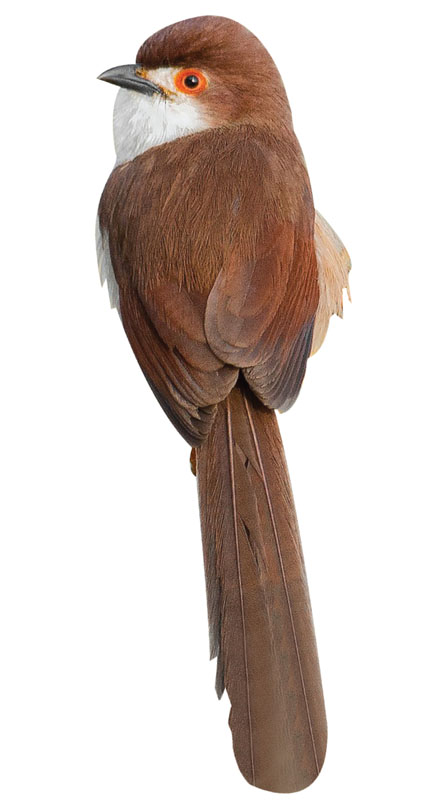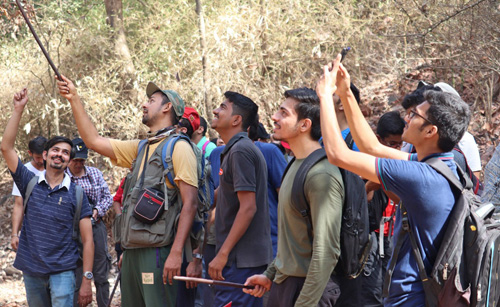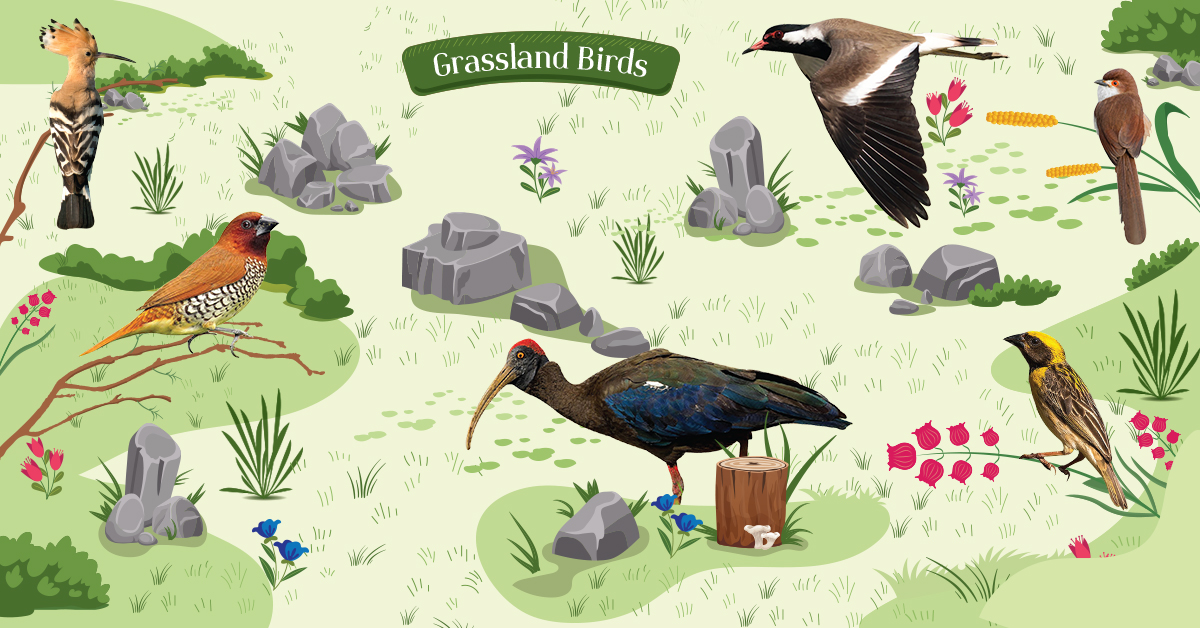We are in a day-and-age during which more bird species are threatened with extinction than ever before, and we solely believe that it’s now or never that we take a step towards saving the natural flora and fauna of our beautiful feathered friends.
Humans have had a dramatic impact on the grassland biome. Because temperate grasslands have rich soil, most of the grasslands in the country have been converted into fields for crops or grazing land for cattle. The loss of grasslands due to agriculture has affected several species, including The Monarch butterfly species (Danaus plexippus) and Grassland birds.
Indian savanna grasslands are vast extents of grass-dominated landscapes, peppered with some trees, distributed across peninsular India. This biome came into existence 5 to 8 million years ago, although fossil evidence from central India dates grasses back to about 60 million years. Preliminary studies show that about 17% of India’s landmass is covered by savanna grasslands.
The changes to their habitat have negatively impacted grassland-specialist wildlife such as the blackbuck, Great Indian bustard, Lesser florican, and the Indian wolf. Once dominant across the range, many of these species are critically endangered, while others are on the brink of extinction.
During a meeting of the United Nations Convention to Combat Desertification in September 2019, the Indian Prime Minister declared that 26 million hectares of degraded land would be restored by means of additional tree cover by 2030. This is also in tune with India’s climate commitments under the Paris Agreement to create an additional carbon sink of about 3 billion metric tonnes.
This is what the government did but what are we doing to restore the natural balance?
We at Tooth Mountain Farms are chemical and pesticide-free for the last 10 years and with the help of “Jaivik” Farming we make sure not only us (the humans) but also the other residents of our natural habitat are not harmed in any way and we co-exist in symphony.
Due to our constant efforts and guidance from our in-house resident Naturalist Mehul Dedhia we were able to spot more than 53 species of birds so far, and we are super excited to tell you about the Grassland birds we recently spotted at the property.
You can also read about them in the Bird charts that are set up at the Tooth Mountain farms and spot them at the property as well.
1. Red-naped Ibis
Scientific Name: Pseudibis papillosa
Hindi Name: काला बाज़ा
Marathi Name: काळा अवाक
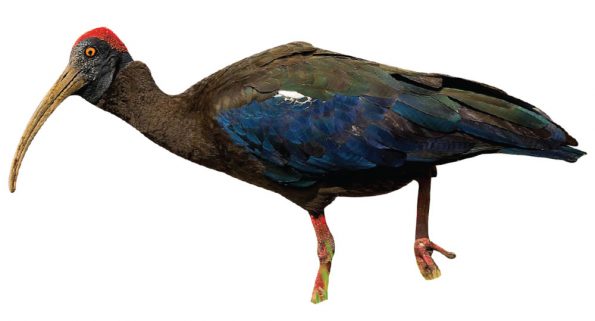
It is a large black bird with long legs and a long downcurved bill that is used to probe for food in the mud or peck at prey on the ground like insects and small reptiles. A white patch on the shoulders stands out and the top of the featherless head is a patch of bright red warty skin.
It is widely distributed in the plains of the Indian subcontinent. Unlike other ibises in the region, it is not very dependent on water and is often found in dry fields a good distance away from water.
It has a loud call and is noisy when breeding. It builds its nest most often on the top of a large tree repeatedly every year on the same tree. Flocks fly in a “V” formation by steady wing beats alternated with short glides.
In British India, sportsmen referred to the species as the “king curlew”, “king ibis” or “black curlew” and it was considered good eating as well as sport for falconers.
The species has declined greatly in Pakistan due to hunting and habitat loss but has been largely unaffected in India as they are traditionally tolerated by farmers.
2. Red-wattled Lapwing
Scientific Name: Vanellus indicus
Hindi Name: टिटहरी
Marathi Name: टिटवी
Like other lapwings, Red-wattled is ground birds (waders) that are incapable of perching. They keep in pairs or small flocks.
Bronze-brown above with a crimson fleshy wattle in front of each eye, black cap and breast, red bill with black tip & yellow legs distinguish this particular species.
They run about in short spurts and dips forward to pick up food (insects, smaller reptiles, frogs, etc..) mostly picked from the ground in the typical plover manner.
A vigilant and noisy bird when alarmed calls loudly imitating various animal and human sounds which sound like “did he do it” or “pity to do it” leading to the colloquial name of the “did-he-do-it” bird.
Guests can visit the taxidermy of one of such birds found intact on the property in the admin office.
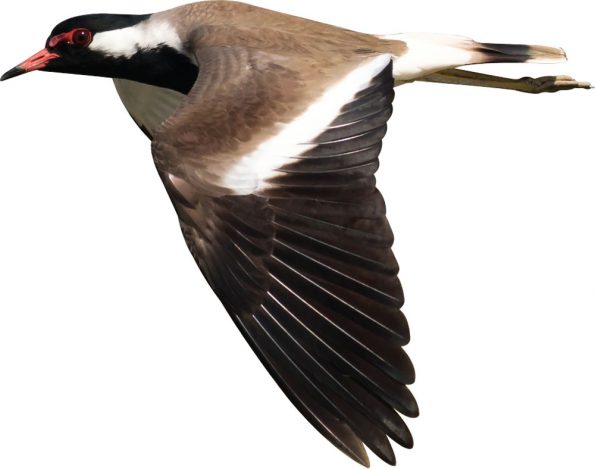
3. Baya Weaver
Scientific Name: Ploceus philippinus
Hindi Name: बया बुनकर
Marathi Name: बेरी विणकर
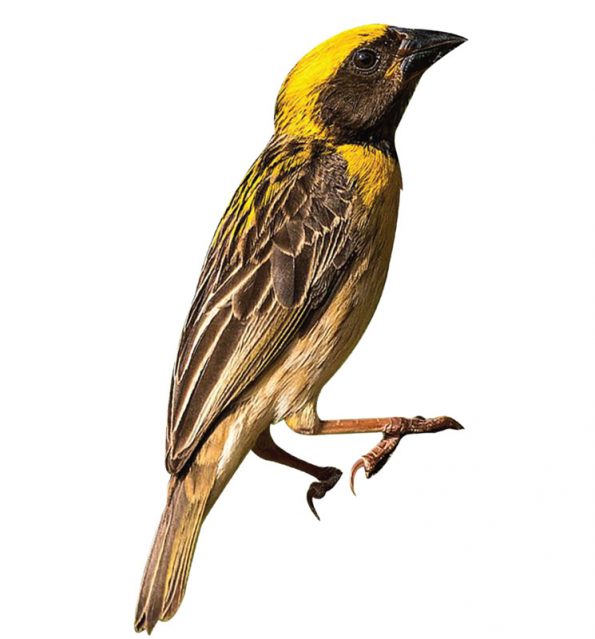
There are 4 species of weavers found in India, one of which is Baya, a common and widespread resident.
These are sparrow-sized (15 cm [5.9 in]) and in their non-breeding plumage, both males and females resemble female house sparrows. They have a stout conical bill and a short square tail. Non-breeding males and females look very similar: dark brown streaked fulvous buff above, plain (unstreaked) whitish fulvous below, eyebrow long and buff-colored, the bill is horn colored and no mask.
Breeding males have a bright yellow crown, dark brown mask, blackish-brown bill, upperparts are dark brown streaked with yellow, with a yellow breast and cream buff below
Baya weavers are best known for the elaborately woven nests constructed by the males. These pendulous nests are retort-shaped, with a central nesting chamber and a long vertical tube that leads to a side entrance to the chamber.
The nests are woven with long strips of paddy leaves, rough grasses, and long strips torn from palm fronds. Each strip can be between 20 and 60 cm (7.9 and 23.6 in) in length.
A male bird is known to make up to 500 trips to complete a nest. The birds use their strong beaks to strip and collect the strands and to weave and knot them while building their nests.
Breeding males have a bright yellow crown, dark brown mask, blackish-brown bill, upperparts are dark brown streaked with yellow, with a yellow breast and cream buff below
Baya weavers are best known for the elaborately woven nests constructed by the males. These pendulous nests are retort-shaped, with a central nesting chamber and a long vertical tube that leads to a side entrance to the chamber. The nests are woven with long strips of paddy leaves, rough grasses, and long strips torn from palm fronds. Each strip can be between 20 and 60 cm (7.9 and 23.6 in) in length. A male bird is known to make up to 500 trips to complete a nest. The birds use their strong beaks to strip and collect the strands and to weave and knot them while building their nests.
4. Scaly-breasted Munia
Scientific Name: Lonchura punctulata
Hindi Name: तेलिया मुनिया
Marathi Name: ठिपकेदार मुनिया
India is home to eleven species of Munia’s. Scaly-breasted Munia is a widespread resident bird found in tropical plains, open cultivation & grasslands.
Its name is based on the distinct scale-like feather markings on the breast and belly.
The species is highly social, eats mainly grass seeds apart from berries and small insects.
They forage in flocks and communicate with soft calls and whistles.
Nesting is from July to September is a globular structure of grass blades built in a low thorny bush or tree.
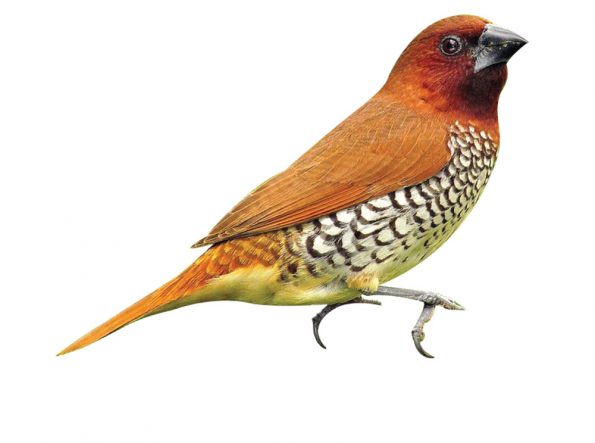
5. Hoopoe
Scientific Name: Upupa epops
Hindi Name: हुपु
Marathi Name: हुदहुद
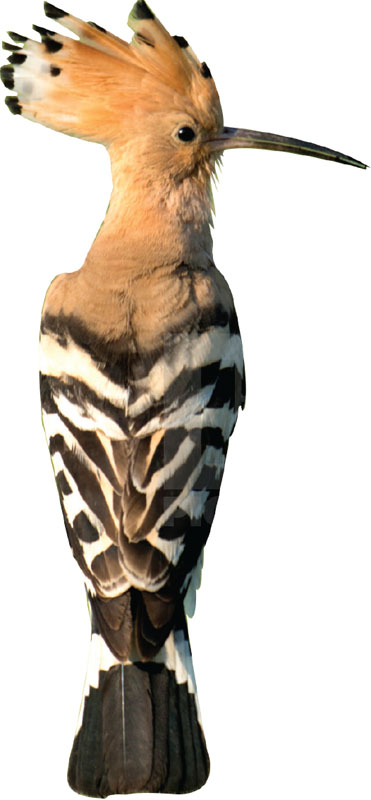
The Hoopoe is a highly distinctive faun-colored bird with black and white zebra marking on the back, wings, and tail. The crest is black-tipped fan-like, which is usually held flat.
Found usually on the ground in cultivation, lawns, gardens around villages, etc. Probing into the soil for food like insects, grubs, and pupae with long slender down-curved bills partly open like forceps. Hence, It is beneficial to agriculture.
Hoopoes are excellent runners and they like warm, dry areas, which are at least partially open. They build their nests in a tree cavity or a rock crevice.
In addition to its beautiful plumage, the hoopoe is also noted for its foul-smelling nest.
The toxic smell comes from a combination of putrefying excrement and from defensive musty-smelling secretions released from the preen gland of the female when she is disturbed.
Besides being the national bird of Israel, hoopoes are part of Egyptian and Greek folklore.
Kannada literature has an honorable name for the Hoopoe ‘Chandra Mukuta’ due to its crest.
6. Yellow-eyed Babbler
Scientific Name: Chrysomma sinense
Hindi Name: पीताक्ष कचपचिया
Marathi Name: चिपका
An odd-looking babbler looks and behaves like a Prinia on steroids.
Brown above and white below with a short black bill, a long graduated tail & the most distinctive features are yellow iris and thick orange orbit ring.
It is a widespread resident bird whose usual habitat is grassy of thorny scrub both in dry and wet regions as well as farmland.
Food is chiefly spiders, insects, berries, and flower nectar.
During the breeding season, mainly the southwest monsoon (June to August) but sometimes during the receding monsoon, the song is a strong whistling twee-twee-ta-whit-chu, often delivered from a prominent perch.
The color of the inside of the mouth is said to turn from orange-brown to black during the breeding season.
Known in parts of northern India as “gulabchashm” meaning “yellow spectacles”.
